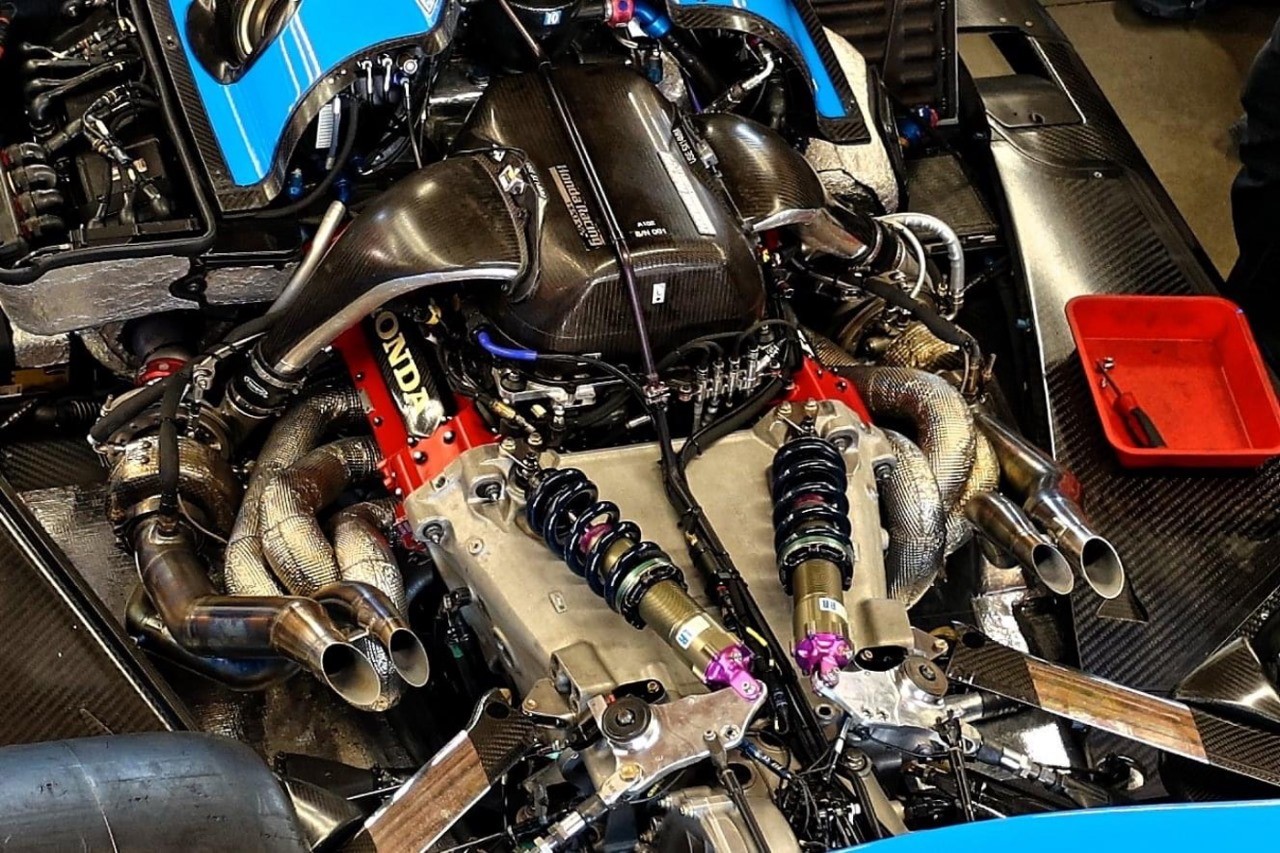IndyCar: Series abandons larger engine, will still add hybrid but GM against it (Update)
This article has been updated below to add quotes from GM CEO Mary Barra and GM President Mark Reuss on how against hybrids their company is.
Given that – besides dropping the large 2.4L engine, why are they still pursuing adding a hybrid component when the parent company of GM is so against hybrids? Will this result in Chevy eventually pulling the plug on IndyCar altogether, since hybrid engine go against the companies stated all-electric goal?
December 6, 2022
In today’s announcement that the IndyCar Series was continuing its leadership role of sustainability in Motorsports came the surprise announcement that it was going to abandon the larger 2.4L engines. Part of the reason for going to a larger displacement internal combustion engine, plus adding hybrid, was to get the HP level up to 1,000.
The release said:
INDYCAR is also continuing its path toward the introduction of a hybrid engine platform for the 2024 race season. This program is being developed through the collaboration of Ilmor, Chevrolet and Honda Performance Development. Testing of the hybrid motor has commenced and will continue through the 2023 season. With the introduction of the hybrid motor, the 2.4-liter engine will be paused to allow the innovative hybrid technology to be paired with the proven 2.2-liter twin-turbocharged V-6 engines.
“We are most proud of the many advancements that the NTT INDYCAR SERIES has made in leading the motorsports world toward a more sustainable future”, INDYCAR President Jay Frye said. “The 2.2-liter INDYCAR engines supplied by Honda and Chevrolet have provided the most competitive racing in the world. The 2024 hybrid engine package will provide even more excitement with horsepower increases over the current engine.”
“There has been good progress made on IndyCar’s hybrid system, we have covered several race distances to date in the prototype phase,” HPD president David Salters told RACER. “It now needs to be further developed for production and our teams. We are excited to be working and collaborating with IndyCar, Chevrolet and Ilmor on this. To do this in the current timeframe of development, we will keep the current race engine and focus our priorities and resources on collaborating on the new IndyCar hybrid system.
“Focusing on electrification and sustainability is certainly one of our key goals, our engineers and technicians are very motivated to work together and help move the hybrid system onto this next phase. We all have a lot to learn, but that’s exactly why we go racing: we actively search out the next challenge. The race car environment is extremely challenging. Typically, we strive to make things too small, too light and too powerful, then we make it work! That’s part of our DNA, we have learned how to excel at this challenge. We are excited to assist IndyCar with this challenge, along with Chevrolet and Ilmor, as we push forward to this new electrified hybrid era.”
Chevy’s Mark Stielow added:
“IndyCar has decided to have the manufacturers pause the 2.4L development so that all efforts can be placed on the hybrid system development,” the brand’s director of motorsports competition engineering said. “Continuing with Chevrolet’s proven 2.2L V6 will help facilitate that. Chevrolet is committed to a sustainable future in racing and supports the efforts IndyCar is putting into developing the series’ hybrid system.”
How much money did Honda and Chevy waste on designing and developing the 2.4L engine only to now have to abandon them?
IndyCar failed to land a 3rd engine manufacturer, and that spelled doom for the 2.4L engine. Honda and Chevy were not going to supply IndyCars goal of a larger grid size of 28. That would mean 14 cars each for Honda and Chevy and the commercial value is just not there for them to do that with the more expensive engines.
And why are they still going down the path of a hybrid component? According to GM President Mark Reuss, the best way to make the transition is to completely bypass hybrid vehicles, and bring EV models directly to market instead.
According to an article by Business Insider, some automakers, like Toyota, have been using hybrids to make the transition to an EV-only lineup a little easier, while Reuss believes this approach to be unnecessary.
“We’re not going to dilute our investment with hybrids,” Reuss said. “If you look at some of the other companies that are doing or have signaled that they’re going to have an all-electric lineup, the profitability picture is quite different.”
Additionally, Cadillac and Buick have plans to transition to an EV-only lineup by 2030, with Chevy and GMC expected to follow by 2035. Thus, it doesn’t make much sense for GM to invest in hybrid technology when its EV plans are unfolding now, and heating up. In fact, GM CEO Mary Barra has gone on record saying that GM customers just aren’t interested in hybrid vehicles. We disagree, but that is what she said.
Mark C. reporting for AutoRacing1.com
